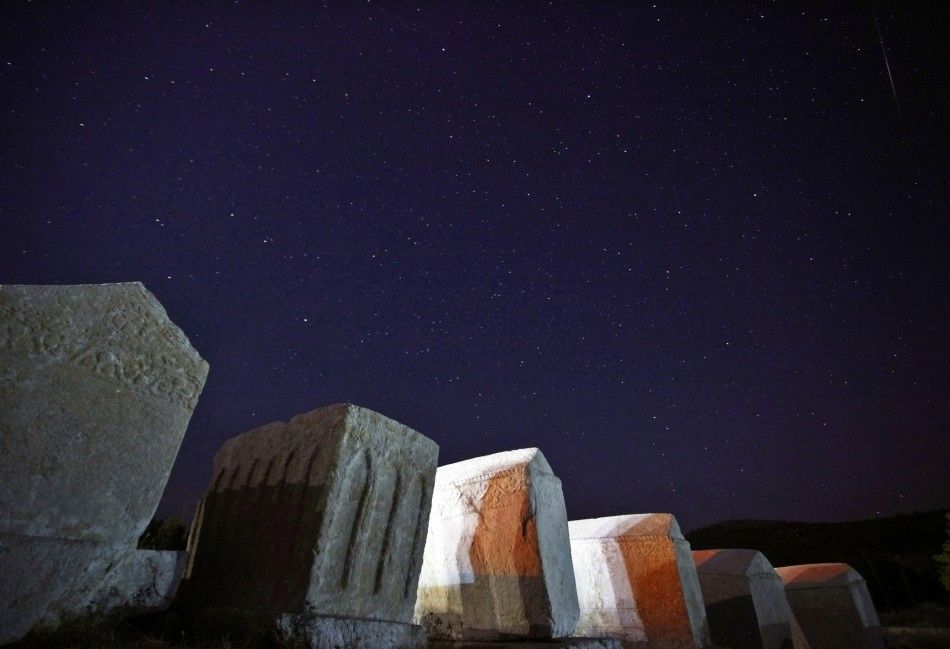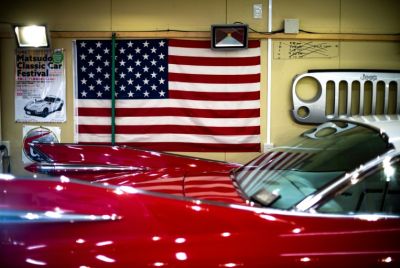Perseid Meteor Shower Attracts Astronomers, Skygazers; Meteor Shower 2012 First Images (PHOTOS)
Rivaling the London Olympics 2012 Closing Ceremony, another starry show attracted attention this weekend, the Perseid meteor shower.
The Perseids peaked Saturday night above the U.S. at up to 100 per hour, offering spectacular views of shooting stars as meteors entered Earth's atmosphere.
The meteors fall at about 37 miles per second and light up the sky as they hit the Earth's atmosphere.
The light emitted varied in intensity as viewers occasionally found fireballs brighter than others and of longer duration, Latinos Post reported.
NASA organized a chat with astronomer Bill Cooke and his team from the Meteoroid Environment Office at NASA's Marshall Space Flight Center in Huntsville, Ala. Titled "Stay 'Up All Night' to Watch the Perseids!" it ran from 11 p.m. to 3 a.m. EDT.
The NASA team also put up an Ustream view of the skies over Huntsville that will be reactivated Sunday night if weather permits, although the rates will be only about 40 per hour.
The best times to view the shower will be midnight to dawn, local time with peak rates between 3 and 5 a.m. As you lie back and look up the sky, allow your eyes at least 30 minutes to adjust to the night sky.
Associated with Comet Swift Tuttle, the Perseids occur every year in August when the Earth passes through a cloud of the comet's debris. The ice and dust - over 1,000 years old - burn up in the atmosphere to create a scintillating meteor shower of the year. Though Perseids are visible all over the sky, the best viewing opportunities happen across the northern hemisphere. The meteors radiate from the direction of the constellation Perseus.



© Copyright IBTimes 2024. All rights reserved.




















